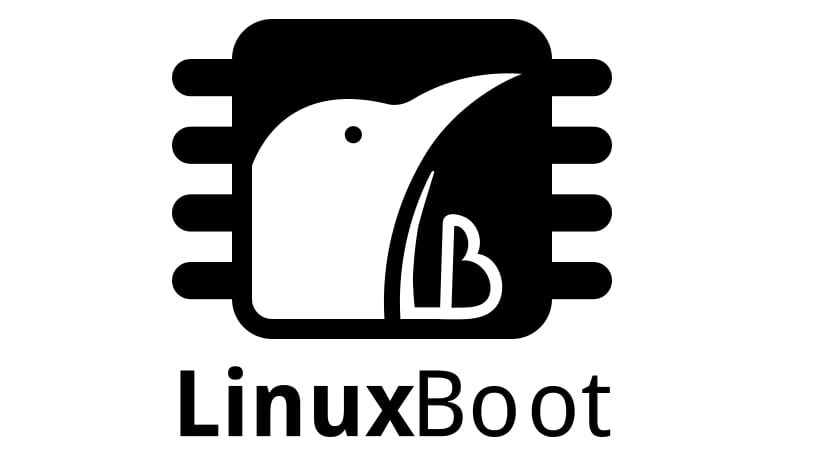
In the world of technology, there have been many "crimes", and in this article we are going to talk about two of them, although there are a few more. One of the most important ballasts in the world of IBM PC was the BIOS, but then came the hope that it was not such with UEFI and Secure Boot that so many headaches have given to the free software community and those who are dedicated to creating operating systems other than Microsoft Windows, since they were seen with the impotence of not being able to start them under a computer by this system implemented by Microsoft ...
We will also remember the alliance known as Wintel, that is, Windows (Microsoft) + Intel, which managed to take the products of these companies to dominate the entire sector with an iron fist, as they still do today. If you don't know what Wintel is, it is about those computers with Microsoft's operating system and some Intel microprocessor. This has nothing to do with the term MacIntel, that is, Apple's alliance with Intel for which they changed the old PowerPC (AIM) for this new technological association ...
Wintel: the plot begins
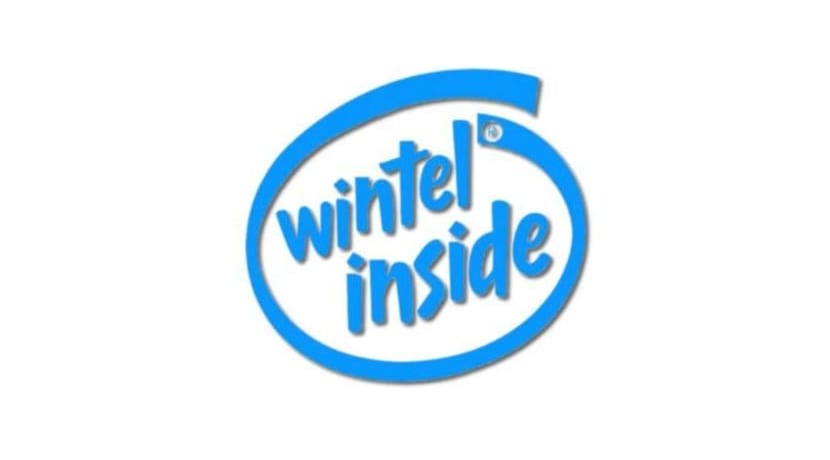
In the 80s there were a compatibility chaos in terms of computer equipment with various standards in the industry (Amiga, Apple, Atari, Acorn, ...), which forced software and hardware manufacturers to have to innovate and create better technologies more quickly to capture the dispersed customers there were at the time. But of course, that was not a way to dominate the sector and monopolize it, in fact it was an era in which no company monopolized the industry.
Instead, this trend of innovation was to be transformed into an exception by the Wintel alliance, when Microsoft and Intel tried to position themselves to dominate the sector and implement their operating systems. Microsoft Windows and Intel microprocessors respectively. That led them to the almost absolute dominance that they currently have, although according to these two companies it was a fruitful alliance, the truth is that it was only so for them. Since what we have now is a very powerful Intel whose competitors have been gradually disappearing except for AMD (because it is convenient for Intel itself to avoid more monopoly lawsuits).
Against Wintel, let's use Amux (AMD + Unix) !!!
Perhaps many of you will remember names like IBM, STMicroelectronics, NEC, many companies from the Soviet bloc, and so many others that made chips. x86 compatible from Intel. All of them stopped doing it, even companies that were specifically dedicated to it such as IDT, Cyrix, VIA, Transmeta, etc., have gradually disappeared. Of all of them, only AMD and VIA remain, but the latter practically does not represent any percentage of the market ...
El IBM PC which represented a small swath of the personal computing industry grew by publishing schematics and documentation on the specifications of its equipment (open architecture) so that third parties could create hardware compatible with these equipment. And with the arrival of the Wintel alliance, this increase in popularity was exponential, and now there is no more to see around us to know what I'm talking about ...
This had a direct impact on the software industry, since all the developers began to look favorably on the platform that had been created, since being the most popular they guaranteed to have the most customers for their products. Writing a program for another platform meant implementation costs for meager sales, while writing a program for IBM PCs meant guaranteed success. This is another of the scourges that Linux and other free systems have had in the past when it comes to being compatible with Windows in terms of drivers and native software, as we have already discussed here.
And we follow the story in the next section ...
BIOS: subject of controversy
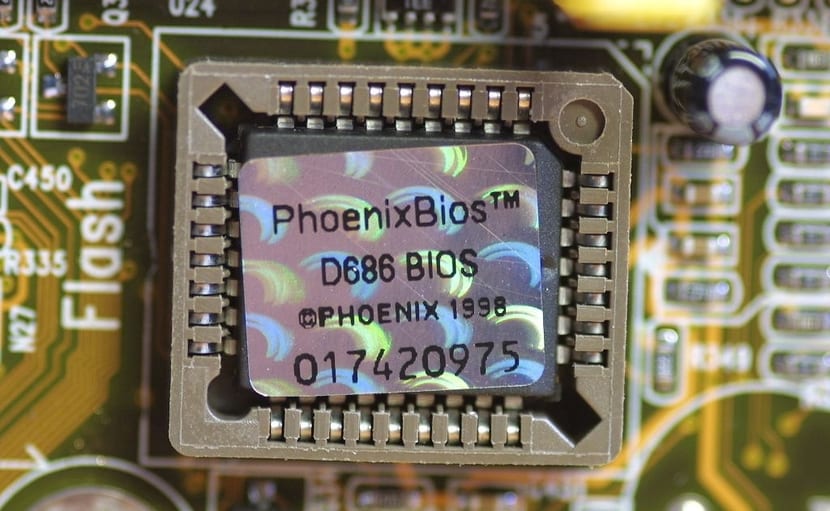
We already have Wintel dominance with the IBM PC standard, but this chapter in the story was joined by other companies to put the finishing touch on this story. Those were companies like Award, Phoenix, AMI, Chips and Technologies, etc., that began to create chips with firmware compatible with IBM PCs so that any other equipment manufacturer could create equipment compatible with the hardware they wanted. This would be the beginning of the end of the IBM PC to usher in the PC era and the inclusion of all the manufacturers that we know today in this sector. IBM lost strength and its heritage was now being collected by other firms that assembled compatible PCs (eg Compaq).
Microsoft was already winning large quantities of money for its MS-DOS or for the DOS licenses granted to other companies, Intel ditto, since it manufactured a good number of chips or received royalties from those who manufactured compatible chips, except from the companies of the Soviet bloc that I have mentioned above that in many times they were unlicensed clones, produced behind Intel's back. But well, let's summarize and redirect the story to where we are interested, and it is towards those companies that I have highlighted in bold in the previous paragraph ...
What they were creating was neither more nor less than chips BIOS (Basic Input Output System), that is, the chips with the necessary firmware to carry out the boot routine on PCs, although the manufacturers were very diverse, adding modularity. The acronym BIOS was written by Gary Kildall and appeared in 1975 for the CP / M operating systems to implement what was necessary in a ROM so that the hardware could boot the OS. This was adopted by the DOS systems.
In DOS there is a need to include a ROM with a BIOS firmware called BIOS DOS that is capable of performing an initial hardware configuration by loading some routines to start the system, and then being able to perform a test called POST (Power-On-Self-Test) to finally locate the operating system installed and start it, at that time it passes control to it. And that?
Well, since Microsoft already dominated the market, all equipment manufacturers implemented these systems to support the company's systems, since not doing so meant operating in a minority market share. The BIOS is not the best of the systems and has many ceilings and problems, but that mattered little, the need also being inherited by Windows and continuing with this burden despite the fact that there were better alternatives such as EFI, Open Firmware of the PowerPC, or more recent projects like CoreBoot (which we have already talked about in LxA), etc. And therefore, GNU / Linux, FreeBSD, or any other operating system that you want to install on a PC, would have to deal with this burden ...
UEFI: the new betrayal disguised as hope ...
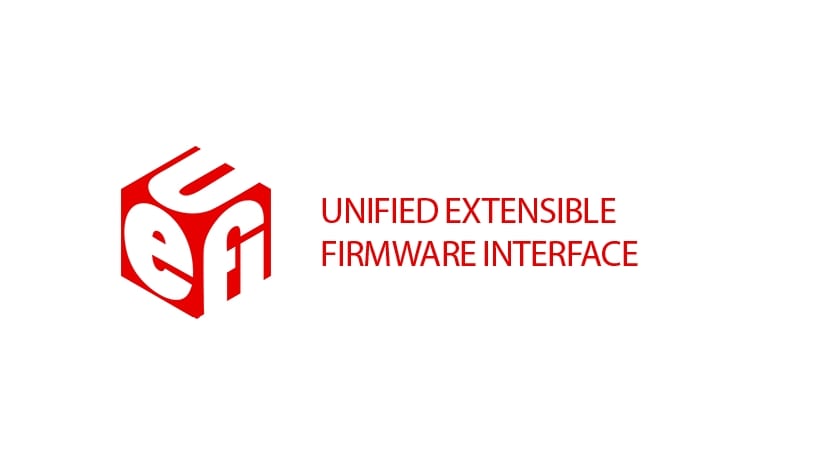
And then it comes on the scene UEFI (Universally Extensible Firmware), a system that seemed to bring hope to replace the BIOS and defeat the old and primitive BIOS system. The truth is that it succeeded, but it did not bring light, but darkness, and the main reason is once again Microsoft and its pressure to implement Secure Boot in computers so that they are compatible with Windows 8 or later versions.
UEFI was a more modern system, but we all know what it has meant Secure Boot for the free software community. We have written rivers of posts about it, and even today there are still some problems in certain minority distros to be able to install them on a computer. The solutions provided have been very varied, some go through buying keys or signatures from Microsoft itself (since it prevents the startup of unsigned operating systems for, supposedly, security reasons, and the only ones that are signed a priori are the of Microsoft itself, we are doing a round business ...), so everything is oriented so that the great beneficiary is Microsoft ...
Yes, it is true that with UEFI we have a more modern user interface and even with graphics to leave behind the primitive DOS-like interface of BIOS, to run in 32 and 64-bits instead of the 16 of the BIOS, support beyond the four partitions supported in BIOS and the 2,2TB in size maximum manageable to reach 9,4 ZB, faster boot, greater flexibility and modularity, and independence from the operating system itself.
LinuxBoot: the final solution
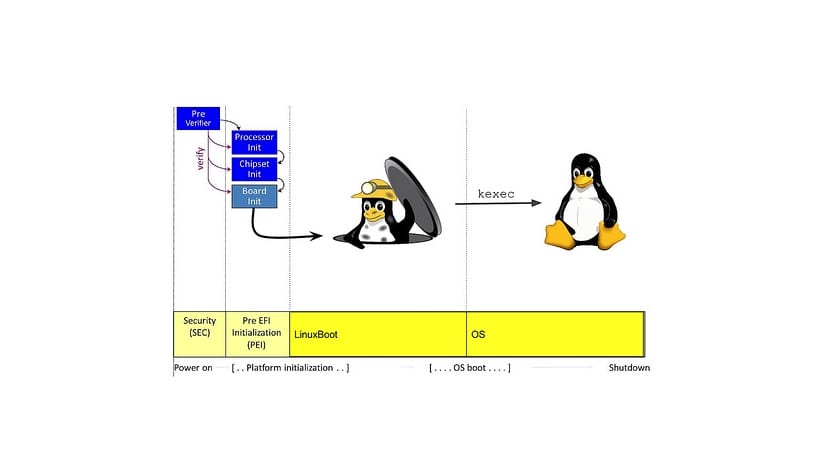
As we can see, only patches put throughout history that in the end have been mere tricks to continue with the usual problems for the free community, not only due to the limitations of BIOS or Secure Boot, but because it was still a closed system. But now there seems to be light at the end of the tunnel with linuxboot, an open system coming to servers and I hope to have it on home computers soon.
LinuxBoot is presented as the open alternative to proprietary UEFI. A firmware that was launched last year 2017 under the umbrella of the Linux Foundation, and that is gradually increasing in popularity and has more and more support from equipment manufacturing companies.
LinuxBoot has been an initiative of Ron Minnich, author of the also well-known LinuxBIOS project and leader of Google's Coreboot. Now he has gotten the collaboration of companies like Google, Facebook, Hoirzon Computing Solutions, and Two Sigma that will collaborate in LinuxBoot (formally called NERF). It is intended to bring it to Linux server machines, allowing users and administrators to have greater control over their systems (customize their own startup scripts, correct errors, build their own runtimes, perform firmware reflash using their own keys, etc. ).
All the LinuxBoot advantages over UEFI are:
- Servers can boot considerably faster, with only about 20 seconds compared to the several minutes it takes with UEFI on these types of machines.
- More flexible as I said, since any device, file system (FS) or protocols can be used.
- Potentially safer, since Linux FS systems and drivers are significantly more robust than those used by UEFI.
- It is totally spirit.
You can see the increasing adoption of LinuxBoot, as an example by the project Open Compute Project, a project started by Facebook to create more powerful and efficient data centers. And it is not the only one, in the QEMU emulator that we use so much LinuxBoot has also been supported, even in Intel S2600wf, Dell R630, etc.
Do not forget to leave your comments, doubts and your opinion about this new system ... I hope it has helped you and you can have a clearer idea about the firmware and also more hope about this type of system.
Hello. You have left me with my legs dangling. Very interesting and very elaborate article. Congratulations. As for the subject, hopefully it can be implemented in all home computers. All the best.
Very good article.
My Asus is not compatible, step ...
A pity that at the moment it is only directed to servers
It is clear that Linux is moving very fast in that sector at the cost of forgetting about desktops.
Magnificent article, we hope that LinuxBoot is the precedent for the transformation of computing and that it can be accessed at the level of personal computers.
This alternative to the nefarious UEFI sounds great to me, but let's not be conspirators. IBM had the patent on the original BIOS, and it wasn't until other manufacturers managed to copy it through reverse engineering and the legal ruse of saying it was something that worked the same but didn't have the same code, that the era of the clone PC didn't begin. Back then Microsoft was not what it is today, there was no Wintel alliance because Windows did not exist either. It is true that MS-DOS was positioned as the undisputed leader, but it is also true that it coexisted with other compatible systems, from other companies, such as DR-DOS or later OS / 2 Warp as an alternative to Windows 3.1.
Where I want to go is that the BIOS did not have anything that prevented the installation of "non-Microsoft" operating systems, the only thing it had is that it was slow and rudimentary. And that it appeared on a specific platform: x86, of which Intel did take the cake and knew how to position and get rid of its rivals (Cyrix, Transmeta, etc. as they have said). Other platforms simply disappeared because x86 and the ecosystem that it generated around it was much more popular and ended up unseating them; And ARM wasn't what it is, until it hit the nail on the head with today's telephony market. And if Linux did not know or could not position itself at that time, it was not because the BIOS prevented its installation.
In fact, for home users, it wasn't until the advent of Windows XP that Microsoft started messing around badly with the hard drive's boot sector (not the BIOS), breaking compatibility with multiboot loaders as much as it could. giving a multitude of headaches to those who wanted to have more than one OS on their machine.
The UEFI and its secure boot, yes it is indisputable that it has only benefited Microsoft and harmed everyone else. But things as they are: the BIOS did not prevent in any way, nor did it harm other operating systems from being installed on a clone PC from the heap, and Linux did not begin to harm domestic installations until the appearance of Windows-95 back in 1996, in other words, it had a whole decade with the same possibilities as an MS-DOS or a DR-DOS or an OS / 2; and even beyond Windows XP, the problem was neither with the BIOS nor with Intel nor with the x86 platform, but with Microsoft and its bad practices exclusively.
Congratulations on the article, very good info. It will end up arriving as usual at the Desktop.
Excellent hopefully the day you can buy a new team. comes with LinuxBoot and not with BIOS or UEFI and much less SecureBoot which should be called "MicrosoftBoot" xD
Excellent article, very interesting and above all encouraging information, Linux continues to make great strides.
Linux Windows
UEFI and ASUS, a strong headache when wanting to install Ubuntu ... it has taken me many hours